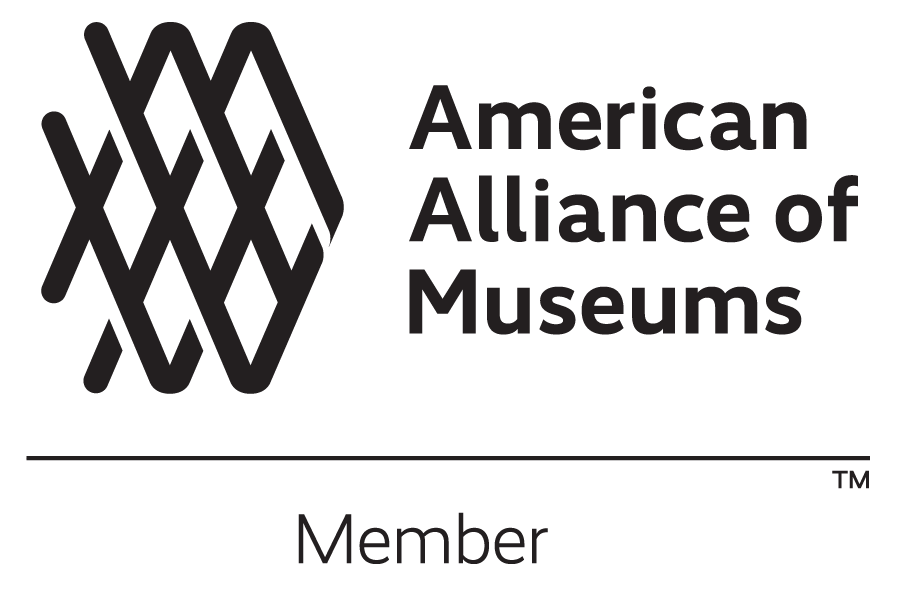Colonel Benjamin Tallmadge’s memoirs, written in 1830, are the only account of the event occurring in the Long Room of Fraunces Tavern on December 4, 1783. Yet, the man behind the writing played an important role during the war. During the American War for Independence, Tallmadge served as the Spymaster of Culper Spy Ring in British occupied New York City.
The New York City Washington left behind following the Battle of Brooklyn (1776), was changing rapidly under British control. At the start of New York’s occupation in August 1776, the port city became the nerve center of loyalist activity throughout the war. Loyalists from surrounding areas sought refuge in the city, including enslaved people, in the hopes of obtaining freedom under British promises of freedom. The flood tide of loyalist refugees continuously grew. By early 1777 the city’s population was at 12,000. Three years later, in 1779, it reached upwards of 33,000. Washington, understanding the rich follow of information pouring through New York’s streets, took a different course of action regarding the British occupied city.
In 1778, Long Island native Benjamin Tallmadge was appointed by Washington as the Director of Military Intelligence to secure information on the British in New York City. The Culper Spy Ring, named after Culpeper County, Virginia, which Washington surveyed during his early career, created a flow of American intelligence traveling from New York Harbor, to Long Island’s North Shore, and finally onto Connecticut.
Together, Washington and Tallmadge implemented a series of tactics to gather intelligence and confuse the New York Loyalist community. Such tactics included a system of three-digit numbers served as words or phrases to encrypt the ring’s information, in case the intel would fall into the wrong hands (ex: Washington:711, New York: 727, Tallmadge: 721). Recruiting and sending female spies into the city, under the impression of delivering food and supplies to relatives. The women gathered valuable intel on British patrol movements, and in passing information, would hang several petticoats and handkerchiefs on a clothesline at boarding houses along the New York Shore. Washington also encouraged members of the Spy Ring to spread disinformation. He asked members to exaggerate his troops’ size and strength and false military plans regarding troop movements and attacks.
Only a fraction of the intelligence work done during the war; the Culper Spy Ring’s actions ultimately defeated the British in 1781. Moreover, the ring worked to capture Major John Andre, who was known for his cooperation with the infamous turncoat Benedict Arnold. Washington and Tallmadge’s work within the New York Spy Ring laid the groundwork for today’s intelligence community. Without said work, the outcome of the American Revolution might have been drastically different.





